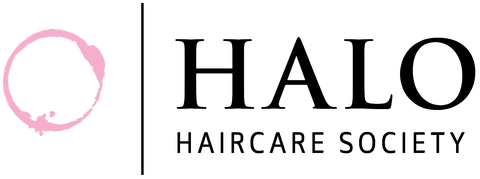Acne Vulgaris of the Scalp is a form of acne that appears along the hairline or scalp, and it’s often caused by the same factors as facial acne—overproduction of oil, clogged hair follicles, and inflammation. This condition can be uncomfortable and may cause mild to severe irritation depending on the severity of the acne.
Appearance
Scalp acne can present as:
- Small red bumps or pustules along the scalp and hairline
- Inflamed, tender spots, which may resemble small cysts
- Whiteheads or blackheads
In more severe cases, larger cystic lesions may form, which can be painful to the touch and leave scarring.
Aetiology
The primary factors contributing to scalp acne include:
- Excess Sebum Production: Overactive sebaceous glands produce more oil, which clogs hair follicles.
- Bacterial Overgrowth: Bacteria, especially Propionibacterium acnes (P. acnes), can multiply in clogged pores, leading to inflammation.
- Hormonal Imbalances: Hormones can increase oil production, making acne more likely. This is common during puberty or due to hormonal fluctuations.
- Product Buildup: Residue from hair products can mix with sebum and clog follicles, leading to breakouts.
- Sweating and Poor Scalp Hygiene: Not cleansing the scalp after sweating heavily or using harsh chemicals can contribute to buildup and irritation.
Treatment
Treatment depends on the severity of scalp acne and may include:
- Mild Cleansing: Using a gentle, pH-balanced shampoo to keep oil production in check. Anti-bacterial or anti-inflammatory shampoos, such as Stimulate and Strengthen, can help reduce calm inflammation and balance oil production. It contains Zinc Pyrithone, Selenium, Zinc and Peppermint Extract to help with fungal overgrowth.
- Topical Treatments: Rejuvenate Dust is anti-inflammatory and anti-bacterial and will help to soothe irritation, balance oil and lift buildup, dead skin and excess oil off the scalp. Reinforcement will help to soothe irritation and help heal the scalp.
- Oral Antibiotics: For persistent cases, a dermatologist might prescribe antibiotics to reduce inflammation and bacterial growth.
- Avoiding Heavy Products: Oils, conditioners, and pomades should be used sparingly, as they can clog pores. Instead use a light healing serum on your scalp like Revitalise Serum, it's healing and soothing properties, want cause buildup and reduce inflammation.
- Grooming using a Boar Bristle Brush can help to lift dirt and oil off the scalp to help keep your scalp cleaner between washes.
- LLLT Low Level Light Therapy helps to increase cellular energy to help balance oil and reduce inflammation.
Sensation and Feel
Scalp acne can feel itchy, sore, or tender to the touch, especially when inflamed. Larger cystic bumps may feel painful, particularly when brushing or styling hair.
Associated Signs
- Itching: Common in milder cases, this can lead to further irritation if scratched and spreads bacteria.
- Scalp Sensitivity: Inflamed pimples may make the scalp sensitive, especially to pressure or certain products.
- Oily Scalp: Acne on the scalp often accompanies oily scalp skin.
Confusable Conditions
Scalp acne can resemble:
- Folliculitis: Inflammation of hair follicles often appears similar but is typically caused by bacteria or fungi rather than blocked pores.
- Seborrheic Dermatitis: Red, inflamed patches accompanied by dandruff and scaling can be confused with scalp acne but lack the typical pimple-like lesions.
- Psoriasis: While it causes red, scaly patches, psoriasis doesn’t typically present as small pustules or blackheads.
- Tinea Capitis (Ringworm): Fungal infections can cause red patches and pustules but usually create patchy hair loss and a ring-like pattern.
Summary
Scalp acne can be uncomfortable and is best managed by gentle cleansing, avoiding pore-clogging products, using targeted scalp treatments and LLLT. Identifying the condition accurately and distinguishing it from similar scalp issues is essential for effective treatment.




